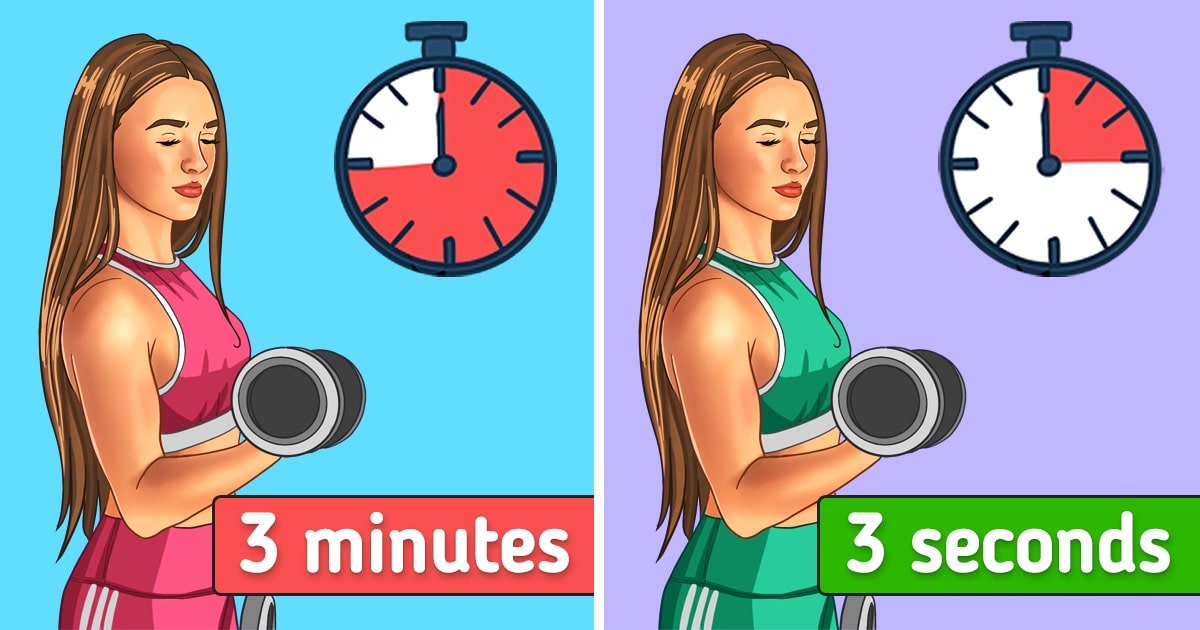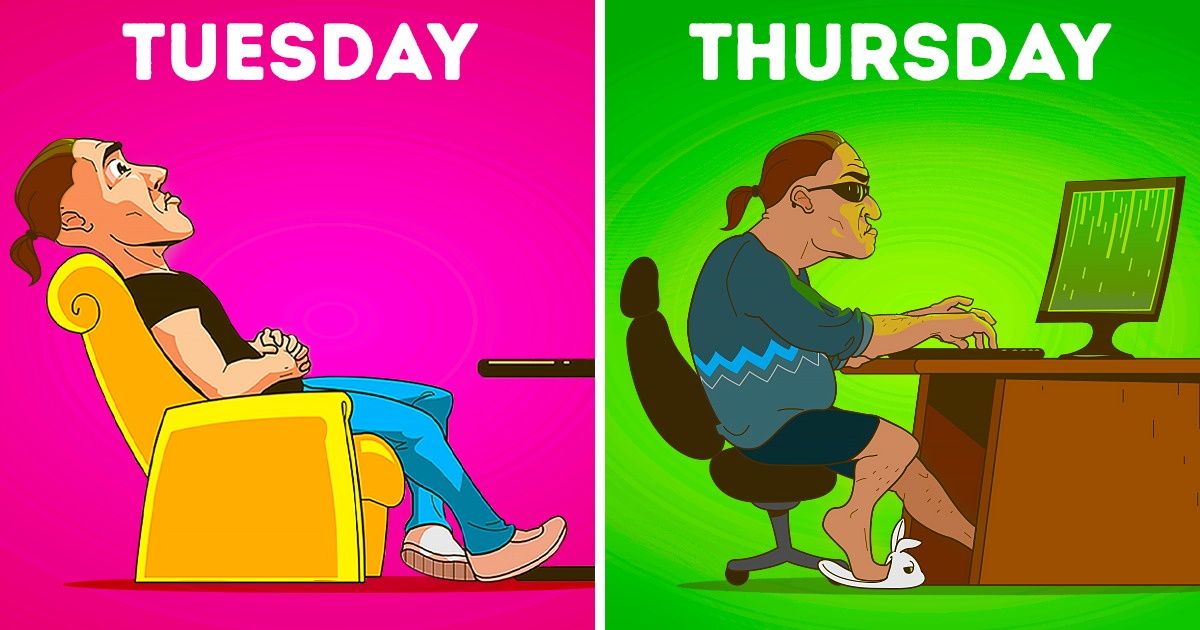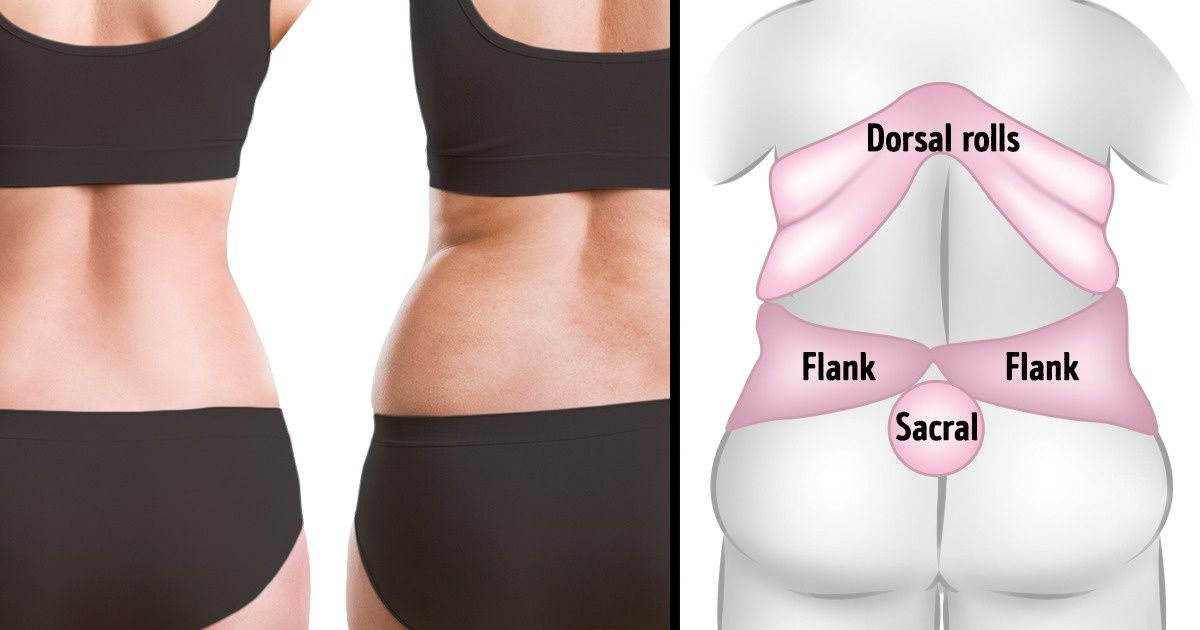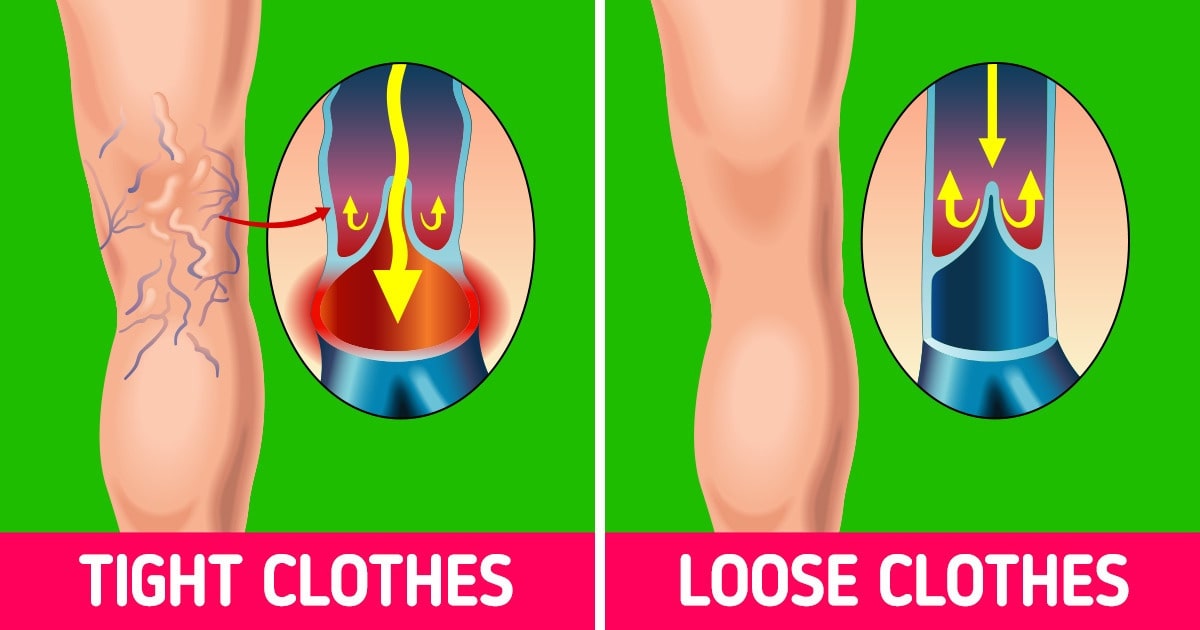Embarking on a journey toward better health doesn’t have to be complicated. With the right plan, a simple, accessible activity like walking can lead to incredible results. In this ultimate guide, we present a 21-day walking plan designed to help you lose weight, tone up, and embrace a healthier lifestyle. This plan is optimized for SEO, ensuring that anyone searching for effective weight loss and toning strategies finds this comprehensive resource. Whether you’re a beginner or looking to break through a fitness plateau, our step-by-step guide provides expert tips and motivational insights to jumpstart your weight loss journey.
Why Walking is the Best Exercise for Weight Loss and Toning
Walking is one of the most underrated forms of exercise available. It’s low-impact, accessible, and can be easily adapted to any fitness level. Regular walking offers numerous benefits:
- Weight Loss: Brisk walking increases your metabolism and burns calories, making it an excellent activity for shedding pounds.
- Toning and Muscle Strength: Walking engages your legs, core, and even your arms when you pump them. Over time, this builds lean muscle mass, helping you achieve a toned appearance.
- Cardiovascular Health: Regular walking can reduce the risk of heart disease and improve overall cardiovascular health.
- Mental Well-Being: Walking has been shown to reduce stress and improve mood, thanks to the release of endorphins.
For more in-depth information on the benefits of walking, check out Mayo Clinic’s insights on walking and Healthline’s guide to weight loss through walking.
Preparing for Your 21-Day Walking Challenge
Before you start your 21-day journey, it’s essential to prepare both physically and mentally. Preparation includes:
Tracking Progress: Use a fitness app or journal to track your steps, distance, and overall progress. Seeing improvements in real time can boost your motivation.
Setting Clear Goals: Define what you want to achieve—whether it’s losing a specific number of pounds, increasing endurance, or toning up. Clear, measurable goals keep you motivated.
Investing in Quality Gear: A good pair of walking shoes, comfortable clothing, and a reliable fitness tracker can make all the difference. Quality gear minimizes injury risks and maximizes performance.
Planning Your Routes: Choose safe, scenic routes that inspire you to walk. Variety can keep your routine interesting.
Staying Hydrated and Fuelled: Carry water and a healthy snack for longer walks. Maintaining energy levels is crucial for consistent performance.
Walking Workout Schedule for Weight Loss
Week 1: Kickstart Your Weight Loss Journey
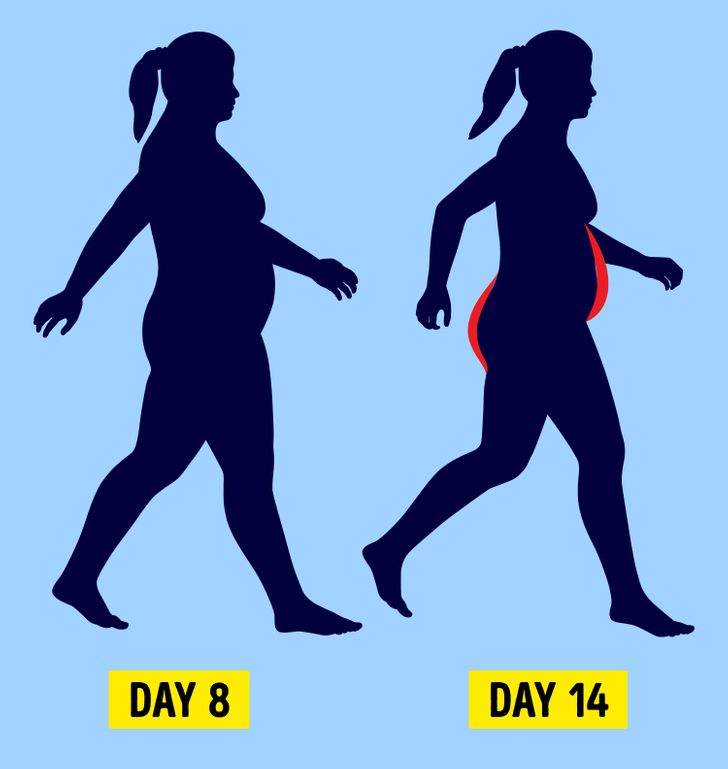
Day 1-7: Establishing Your Routine
In the first week, your primary goal is to establish a walking routine that your body can adjust to. Keep your pace moderate and focus on consistency rather than speed or distance.
- Day 1-2: Begin with a gentle 20-30 minute walk at a comfortable pace. Use these initial days to assess your current fitness level and identify any areas that might need extra care (such as sore muscles or joint discomfort).
- Day 3-4: Increase your walking time by 5-10 minutes. Experiment with a slightly brisker pace during the middle portion of your walk, then cool down with a slower pace towards the end.
- Day 5-7: Try incorporating short intervals of brisk walking for 1-2 minutes, followed by 3-4 minutes at a moderate pace. These intervals help to elevate your heart rate and boost calorie burn.
During this phase, focus on proper walking posture and breathing techniques. Keep your shoulders relaxed, engage your core, and swing your arms naturally to maximize the benefits of each step. This gradual build-up not only aids in weight loss but also prepares your muscles and joints for more intense workouts in the following weeks.
Week 2: Increase Intensity and Build Stamina
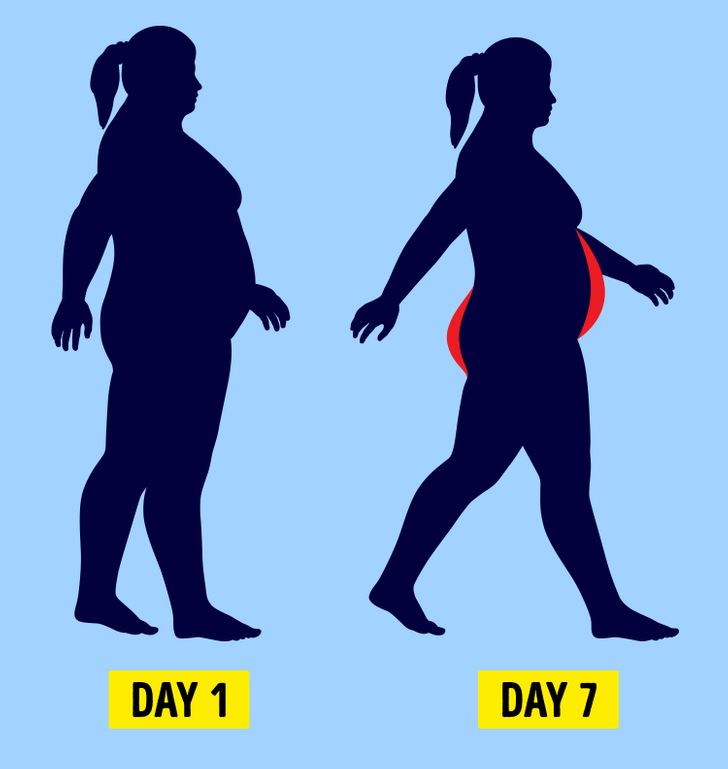
Day 8-14: Elevating Your Workout
Now that you’ve established a consistent routine, it’s time to increase the intensity. Week 2 focuses on boosting your stamina and incorporating elements that challenge your cardiovascular system and muscle endurance.
- Increase Your Pace: Aim to walk at a brisk pace that leaves you slightly breathless but still able to hold a conversation. This is key for maximizing fat burning.
- Longer Walks: Extend your walking duration to 40-45 minutes. The increased duration, combined with a faster pace, will significantly boost your calorie burn.
- Incorporate Hills or Inclines: Adding gentle hills or incline walking to your route helps engage different muscle groups, especially in your lower body, enhancing muscle tone and overall strength.
- Interval Training: Integrate structured interval sessions where you alternate between high-intensity bursts and recovery periods. For example, walk briskly for 2 minutes, then slow down for 2 minutes. Repeat this cycle for the duration of your walk.
These adjustments not only accelerate weight loss but also improve cardiovascular endurance and muscular strength. As you adapt to the increased intensity, you’ll notice improvements in your stamina and overall energy levels.
For additional guidance on interval training and walking techniques, explore Harvard Health Publishing’s exercise tips.
Week 3: Enhance Endurance and Optimize Your Results
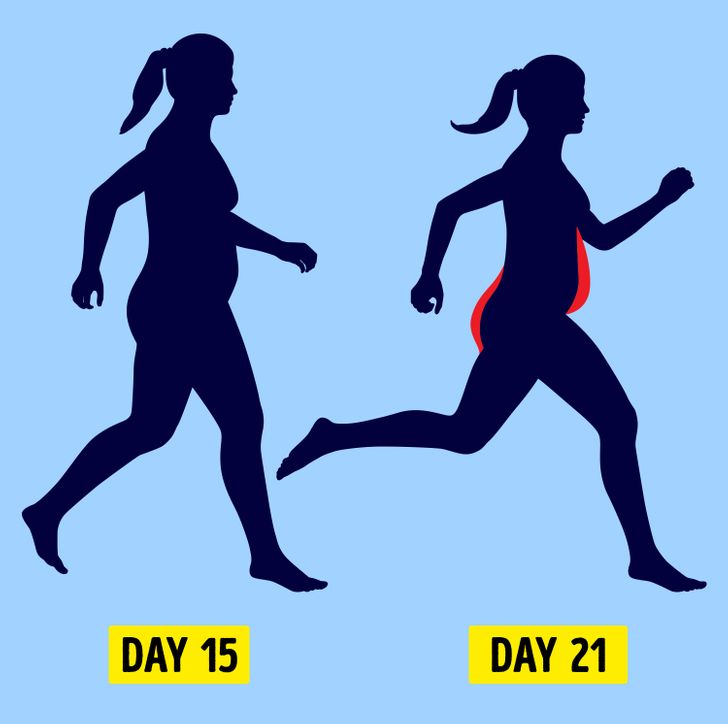
Day 15-21: Maximizing Your Transformation
The final week is all about pushing your limits safely to maximize the benefits of your 21-day walking challenge. By now, your body is primed for more intense workouts, and you’re ready to fine-tune your routine for optimal results.
- Extended Walks: Plan at least one long walk during this week, ideally 60 minutes or more. This extended effort is designed to challenge your endurance and further boost your calorie burn.
- Vary Your Routine: Experiment with different walking routes, including parks, urban trails, or nature paths. A change of scenery can make your workouts more enjoyable and sustainable.
- Strength Training Integration: Consider incorporating bodyweight exercises such as squats, lunges, or calf raises during your walk breaks. This integrated approach will help you build lean muscle and tone up even faster.
- Mindful Walking: Practice mindfulness during your walks. Focus on your breathing, the rhythm of your steps, and the natural environment around you. This practice not only reduces stress but also helps you connect with your body, leading to better performance.
- Cool-Down and Stretch: End each session with a proper cool-down, including stretching exercises to prevent muscle tightness and reduce injury risk.
By the end of Week 3, you should notice significant improvements in your physical fitness, energy levels, and overall well-being. This comprehensive 21-day plan is designed not only for immediate results but also to set you on a path toward long-term health and weight management.
Nutrition and Hydration: Fueling Your Walk
Walking for weight loss and toning is most effective when paired with proper nutrition and hydration. Here are some essential tips:
- Balanced Diet: Focus on whole foods—fruits, vegetables, lean proteins, and whole grains. A balanced diet supports your energy needs and aids in recovery.
- Hydration: Drink water before, during, and after your walks. Adequate hydration is crucial for optimal performance and recovery.
- Pre- and Post-Workout Snacks: Choose nutritious snacks such as a banana, a handful of nuts, or a smoothie before your walk, and refuel with a protein-rich snack afterward.
- Monitor Your Caloric Intake: If weight loss is a goal, be mindful of your daily caloric intake. Use tracking apps to ensure you’re in a caloric deficit while still getting the nutrients you need.
For more information on nutrition for exercise, visit Healthline’s nutrition section.
Tips for Staying Motivated and Overcoming Challenges
Maintaining motivation throughout your 21-day challenge is critical. Here are some tips to keep your momentum going:
- Set Daily and Weekly Goals: Breaking your journey into smaller, achievable goals can provide a sense of accomplishment and keep you motivated.
- Join a Community: Consider joining a local walking group or an online community. Sharing your progress and challenges with others can provide additional support and accountability.
- Mix It Up: To avoid boredom, vary your walking routes and routines. Music, podcasts, or audiobooks can make your walks more enjoyable.
- Celebrate Small Wins: Whether it’s reaching a new milestone or simply feeling more energetic, take time to celebrate your progress. Reward yourself with something healthy, like a massage or new workout gear.
- Stay Positive: Remember that consistency is key. Even on days when you don’t feel your best, a short walk is better than no walk at all.
Tracking Your Progress and Celebrating Success
Keeping track of your progress can make a significant difference in your overall success. Here are some strategies:
- Use a Fitness Tracker: Devices like Fitbit or smartphone apps can help you monitor your steps, distance, and calories burned.
- Maintain a Journal: Write down your thoughts, feelings, and observations about each walk. This can be a valuable tool for reflecting on your progress.
- Take Photos: Document your transformation with before-and-after photos. Visual progress can be incredibly motivating.
- Review and Adjust: At the end of each week, review your progress and make any necessary adjustments to your plan. Listen to your body, and be willing to modify your approach as needed.
Frequently Asked Questions
Q: Is this walking plan suitable for beginners?
A: Absolutely. This 21-day walking plan is designed to accommodate all fitness levels. Start slowly, listen to your body, and gradually increase your pace and distance as you build endurance.
Q: How many calories can I expect to burn?
A: Caloric burn depends on various factors including your weight, pace, and terrain. On average, brisk walking can burn between 200 to 400 calories per hour.
Q: Do I need special equipment?
A: All you need is a reliable pair of walking shoes and comfortable clothing. However, a fitness tracker or smartphone app can help monitor your progress.
Q: Can I combine this plan with other workouts?
A: Yes, integrating strength training or yoga on non-walking days can complement your overall fitness routine. Always consult a healthcare professional before starting any new exercise program.
Conclusion: Step Forward to a Healthier, Happier You
The ultimate 21-day walking plan is more than just a fitness challenge—it’s a commitment to improving your health, boosting your energy, and transforming your lifestyle. By following this plan, you not only work toward losing weight and toning up but also establish a sustainable habit that promotes long-term wellness.
Walking is a proven, accessible, and enjoyable way to achieve your fitness goals. With clear guidance, structured weekly plans, and actionable tips on nutrition and motivation, you’re well-equipped to take the next step on your journey to a healthier you.
Remember, every step you take is a step toward a better future. So lace up your shoes, plan your route, and enjoy the journey. Here’s to your success—happy walking!
Preview photo credit depositphotos.com




